High Renaissance Art in Italy - Umbrian and Venetian Culture
1/18
Earn XP
Description and Tags
Name | Mastery | Learn | Test | Matching | Spaced |
|---|
No study sessions yet.
19 Terms
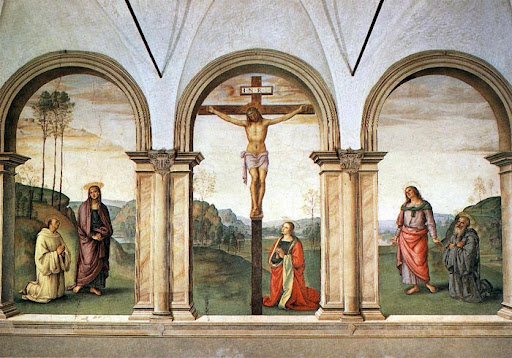
Title: Crucifixion
Artist: Pietro Perugino
Date: c. 1493–96
Culture: Umbrian
Period: High Renaissance
Location:
3 Facts:
Painted Corinthian columns
Water damage from a flood is visible
Uses aerial perspective (distant objects appear faint blue)
Aerial perspective
Technique that creates the illusion of depth + distance; objects become a faint blue in the distance
Pentimento
Visible trace of underpainting that is coming though

Title: Madonna and Child
Artist: Pietro Perugino
Date: c. 1485
Culture: Umbrian
Period: High Renaissance
Location:
3 Facts:
Elongated forms with almond-shaped eyes
Painted in Perugino’s regional style
Shows slight influence of humanism

Title: Delivery of the Keys
Artist: Pietro Perugino
Date: c. 1481–1483
Culture: Umbrian
Period: High Renaissance
Location:
3 Facts:
Uses a clear linear perspective
Foreground, middleground, and background are highly divided
Features include isocephaly and visible pentimento around the dome
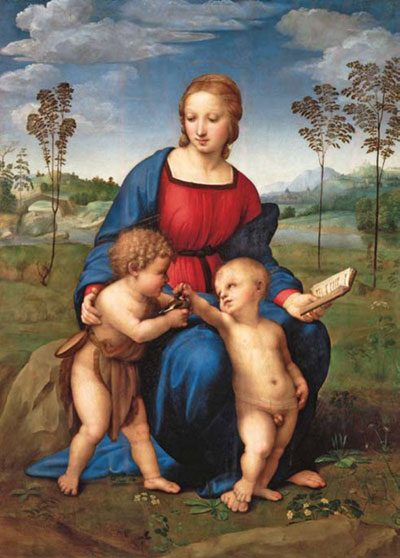
Title: Madonna and the Goldfinch
Artist: Raphael Sanzio
Date: c. 1505–06
Culture: Umbro-Florentine
Period: High Renaissance
Location:
3 Facts:
John the Baptist wears camel fur
Madonna holds a book symbolizing piety and knowledge
Goldfinch foreshadows Christ’s sacrifice for humanity’s sins
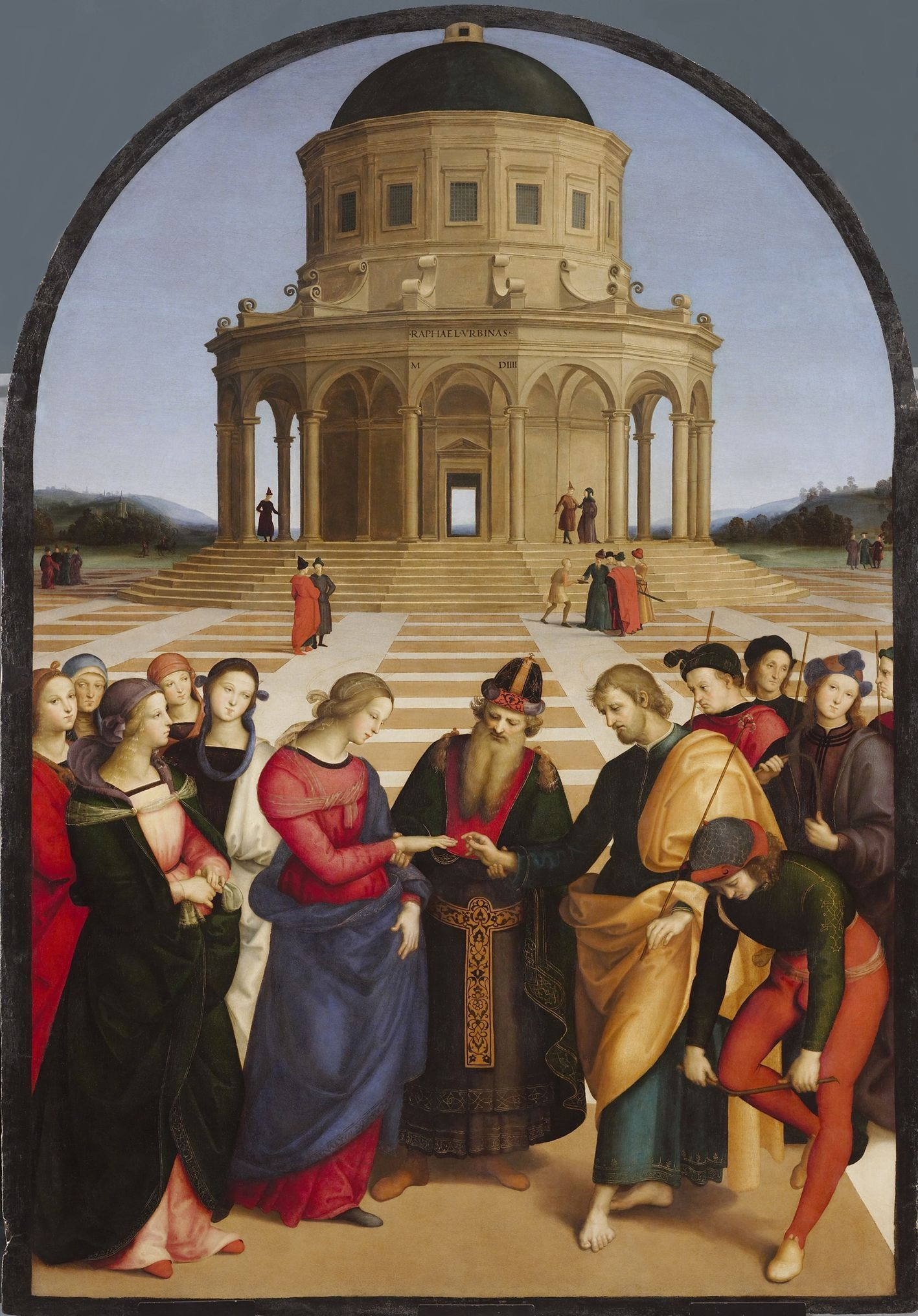
Title: Lo Sposalizio
Artist: Raphael Sanzio
Date: c. 1504
Culture: Umbro-Florentine
Period: High Renaissance
Location:
3 Facts:
References Perugino’s Delivery of the Keys
Uses linear perspective to guide the viewer’s eye, goes through the piece instead of stuck at the end
Isocephaly in the foreground with a domed temple at center
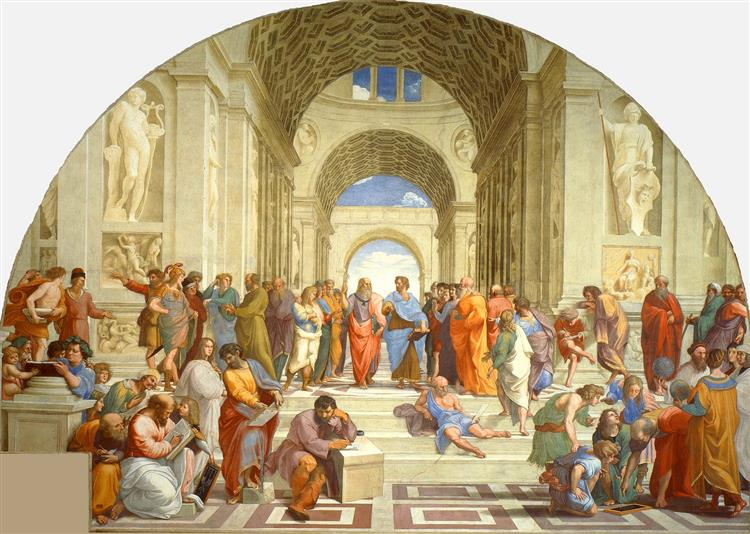
Title: School of Athens
Artist: Raphael Sanzio
Date: c. 1509–11
Culture: Umbro-Florentine
Period: High Renaissance
Location:
3 Facts:
Honours philosophy, law, poetry, and religion
Apollo represents the arts; Athena represents wisdom and reason, and a scene of conflict between reason and religion
Inspired by Michelangelo’s Sistine Chapel figures

Title: St. Sebastian
Artist: Andrea Mantegna
Date: c. 1472
Culture: Venetian
Period: High Renaissance
Location:
3 Facts:
Depicts St. Sebastian, patron saint of the black death
Grisaille style gives it a sculptural, monotone appearance
Classical Corinthian column in the background, no gore shown (italiens)
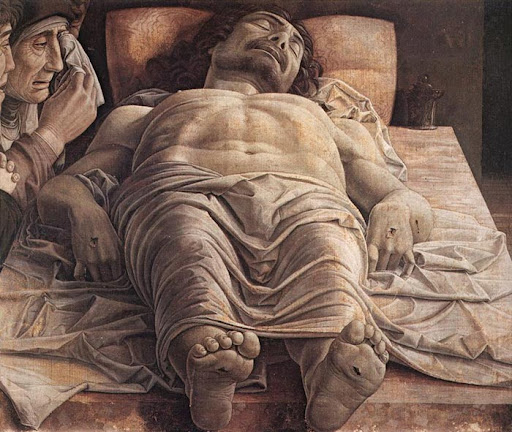
Title: Dead Christ
Artist: Andrea Mantegna
Date: c. 1501
Culture: Venetian
Period: High Renaissance
Location:
3 Facts:
Features dramatic foreshortening with incorrect anatomical scale
Stigmata visible on wrist and foot
Pale skin and shrunk body emphasize death

Title: Feast of the Gods
Artist: Giovanni Bellini
Date: c. 1514
Culture: Venetian
Period: High Renaissance
Location:
3 Facts:
Moves away from religious subject matter
Features scattered lighting due to Venice’s water reflections
The scene is chaotic yet realistic in tone, valgared scene
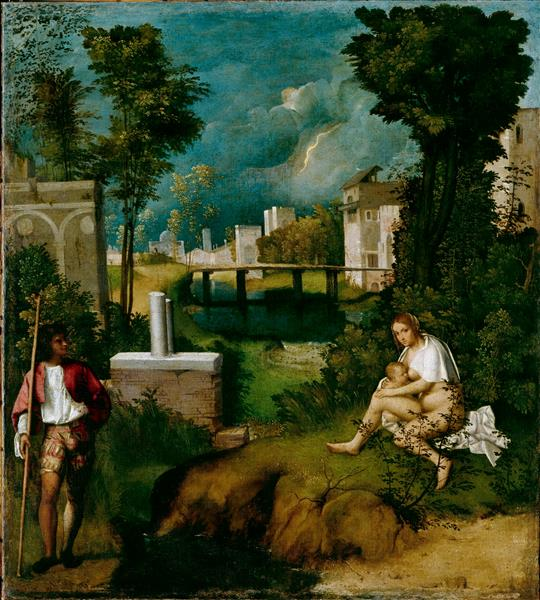
Title: The Tempest
Artist: Giorgione
Date: c. 1508
Culture: Venetian
Period: High Renaissance
Location:
3 Facts:
Away from early renaissance religious subject matter
Painted to showcase Giorgione’s artistic range
Moody and stormy sky gives an emotional tone
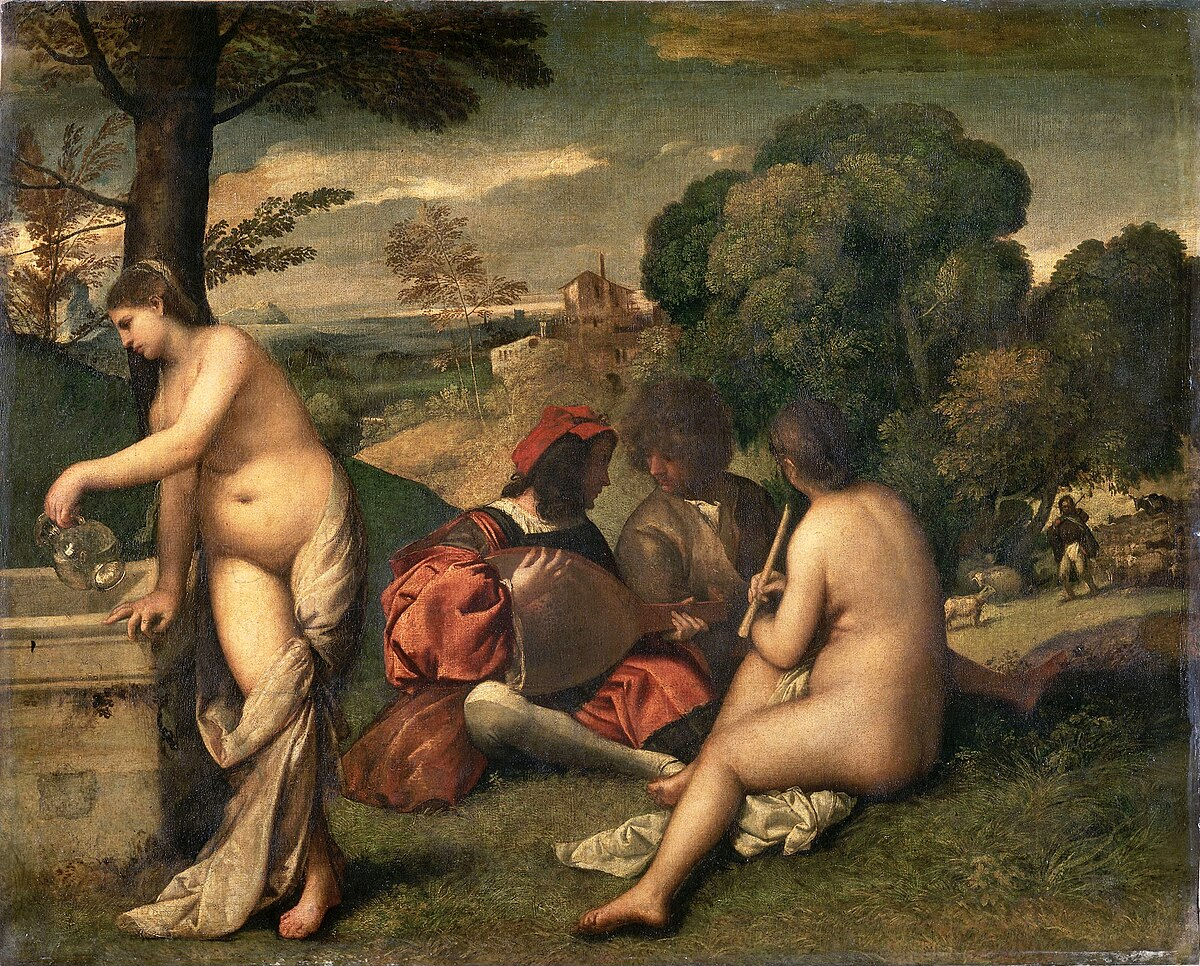
Title: Fête Champêtre
Artist: Giorgione / Titian
Date: c. 1518
Culture: Venetian
Period: High Renaissance
Location:
3 Facts:
Painted on canvas (lighter, better for Venice's damp air)
Shows nude women with clothed men in a pastoral setting
Uses aerial perspective and scattered light (venus reference)
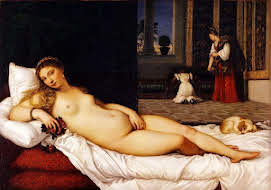
Title: Venus of Urbino
Artist: Titian
Date: c. 1538
Culture: Venetian
Period: High Renaissance
Location:
3 Facts:
Erotic depiction of a reclining nude woman; vulgar scene
Centralism draws the viewer's attention to her gaze
No religious value; purely sensual and seductive
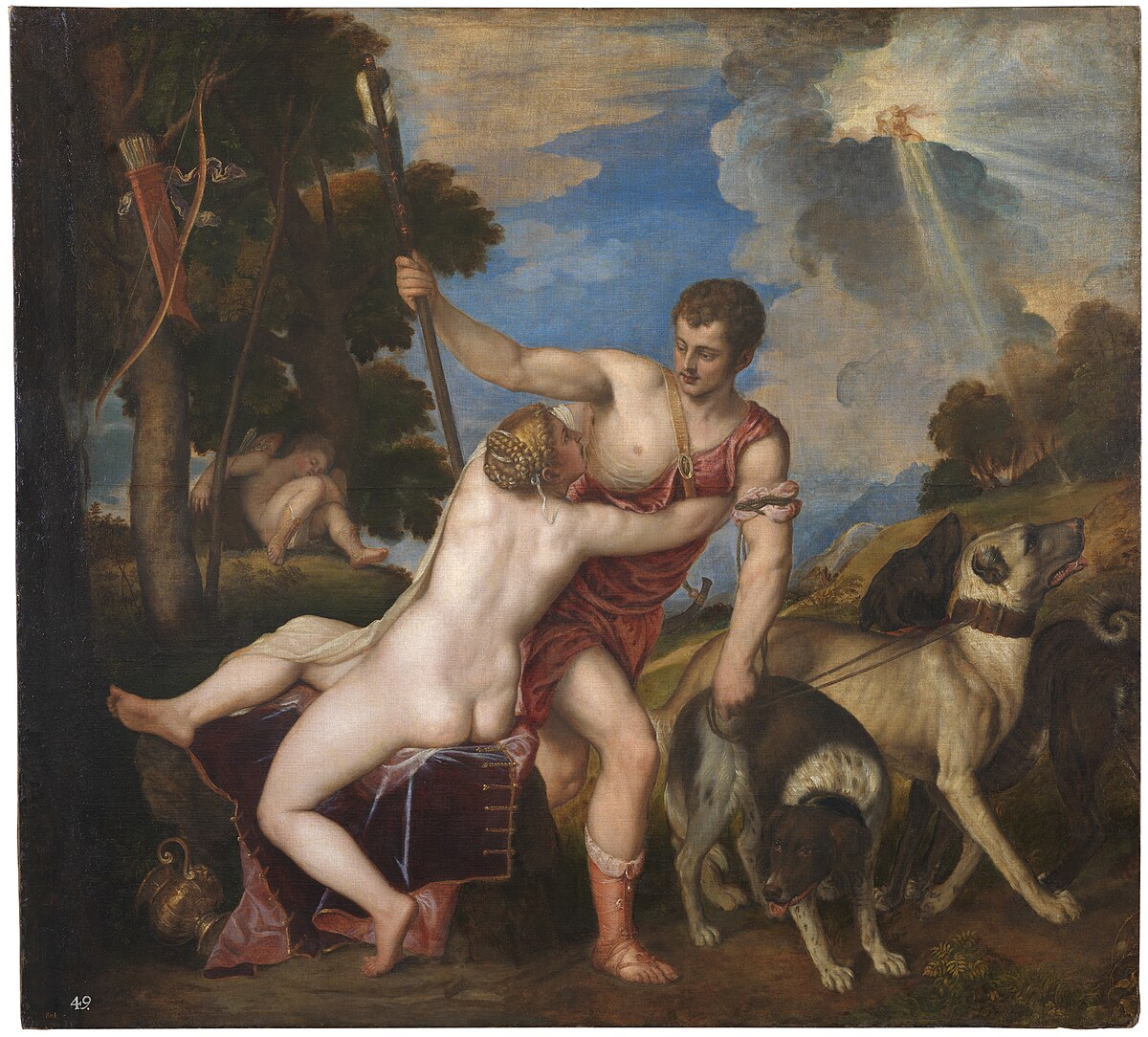
Title: Venus and Adonis
Artist: Titian
Date: c. 1560
Culture: Venetian
Period: High Renaissance
Location:
3 Facts:
Based on pagan mythology; Adonis is about to leave Venus
Cupid casts Venus under a love spell
Expresses themes of lust and tragic one-sided desire

Title: Mars and Venus United by Love
Artist: Paolo Veronese
Date: c. 1570
Culture: Venetian
Period: High Renaissance
Location:
3 Facts:
Venus and Mars in the foreground, unified by Cupid (paganism)
Explores love and lust through mythological imagery
Mischevious Cupids around Venus and Mars

Title: Last Supper
Artist: Paolo Veronese
Date: c. 1549
Culture: Venetian
Period: High Renaissance
Location:
3 Facts:
Life-sized mural showing the Last Supper in a banquet setting (shows contrast with Leonardo’s private last supper)
Uses grisaille and painted columns for architectural realism
Scene blends sacred themes and everyday Venetian life
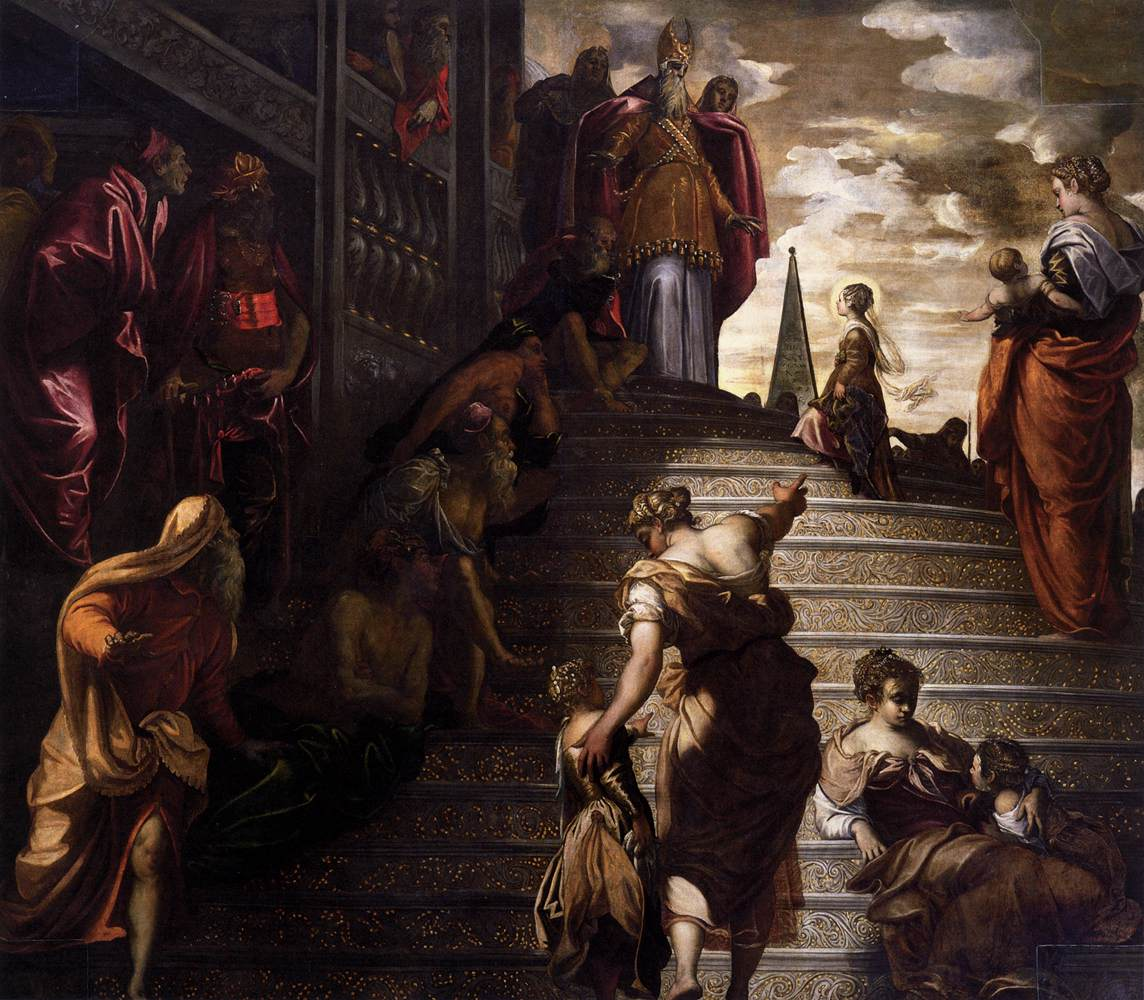
Title: Presentation of the Virgin
Artist: Tintoretto
Date: c. 1575
Culture: Venetian
Period: High Renaissance
Location:
3 Facts:
Mary is shown ascending steps toward the high priest
Eye is led toward Mary using architectural diagonals and pointing, highlighting the young Mary
Scattered light (venetian) creates divine emphasis
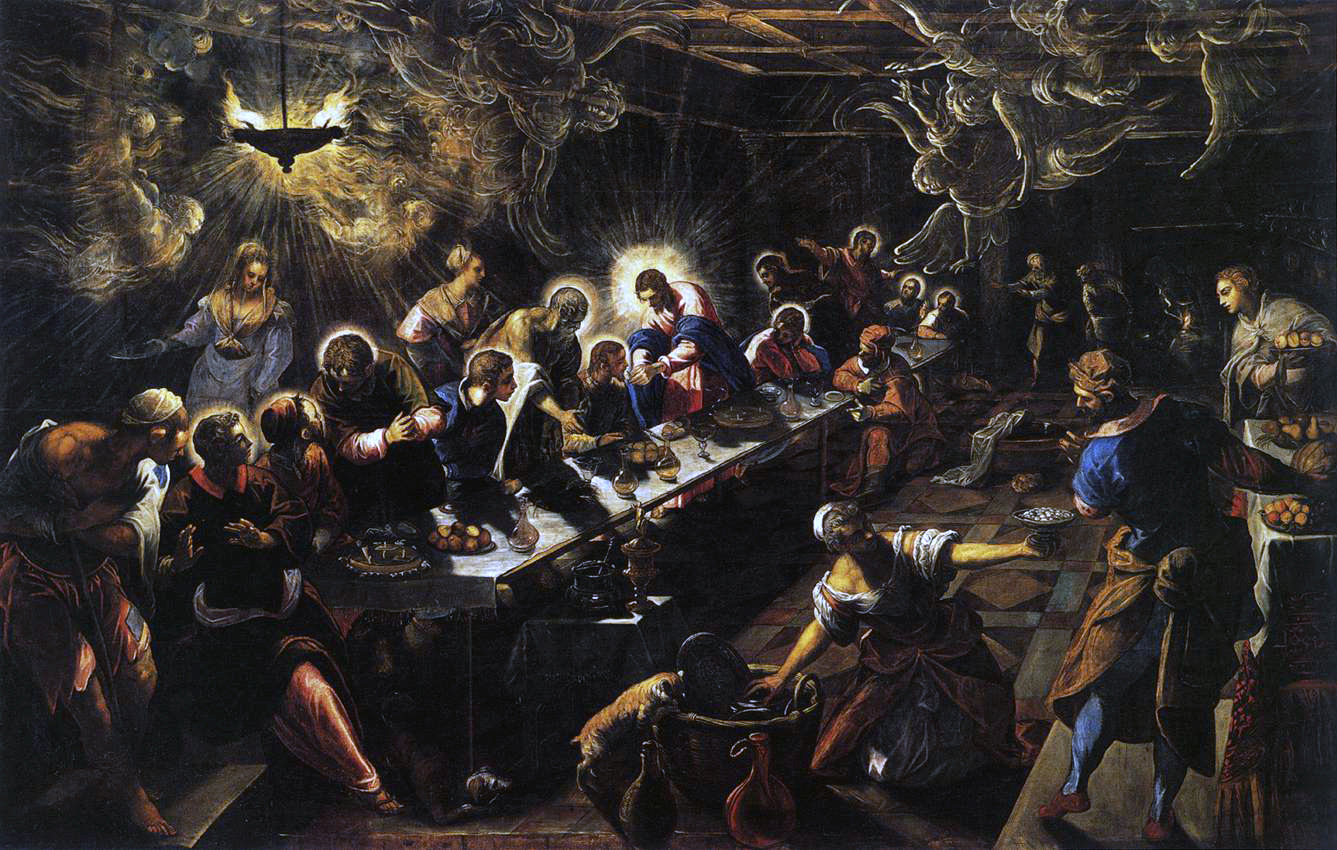
Title: Last Supper
Artist: Tintoretto
Date: c. 1585
Culture: Venetian
Period: High Renaissance
Location:
3 Facts:
Judas is separated with his bag of blood money
Dynamic diagonals lead the viewer’s gaze
Chiaroscuro and spiritual light imply divine presence